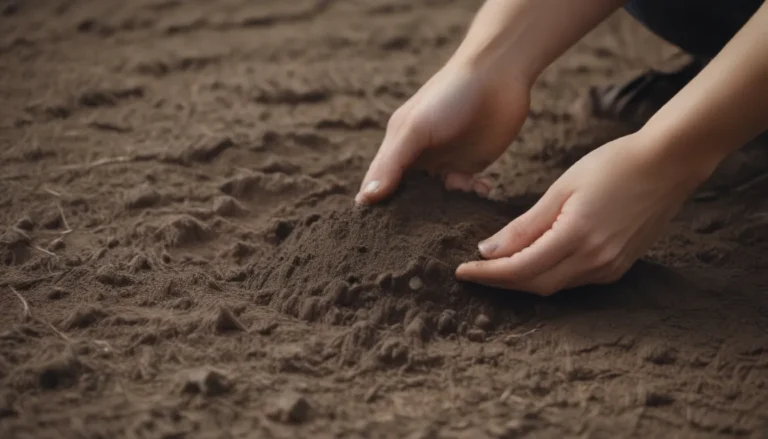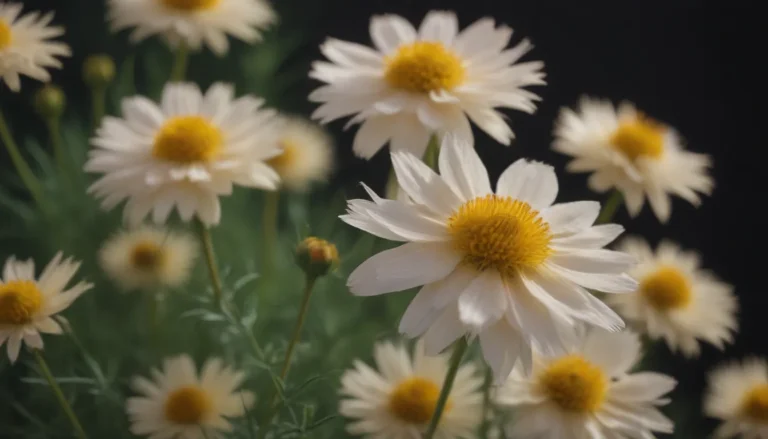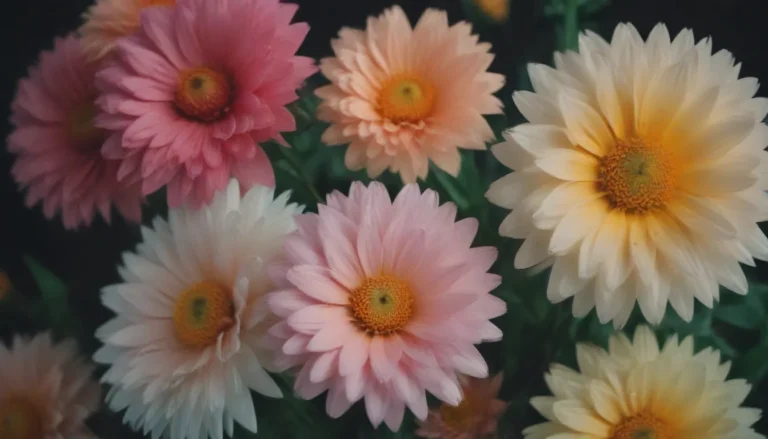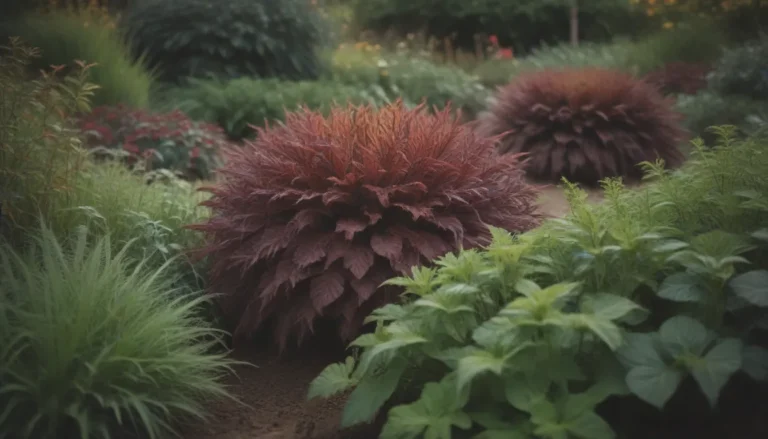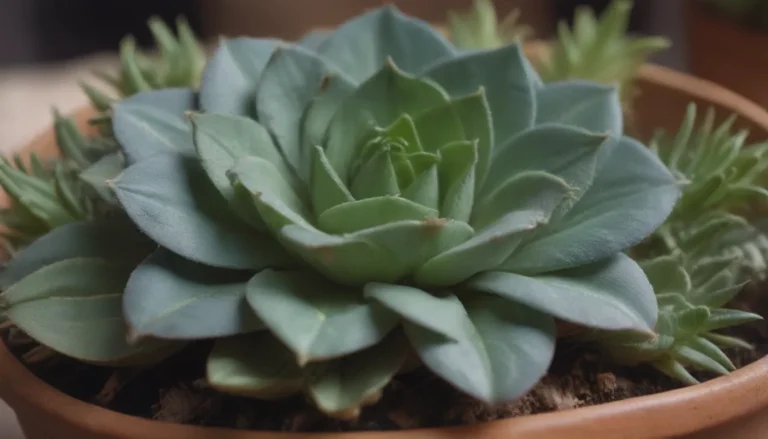The Ultimate Guide to Erosion Control Plants for Your Yard
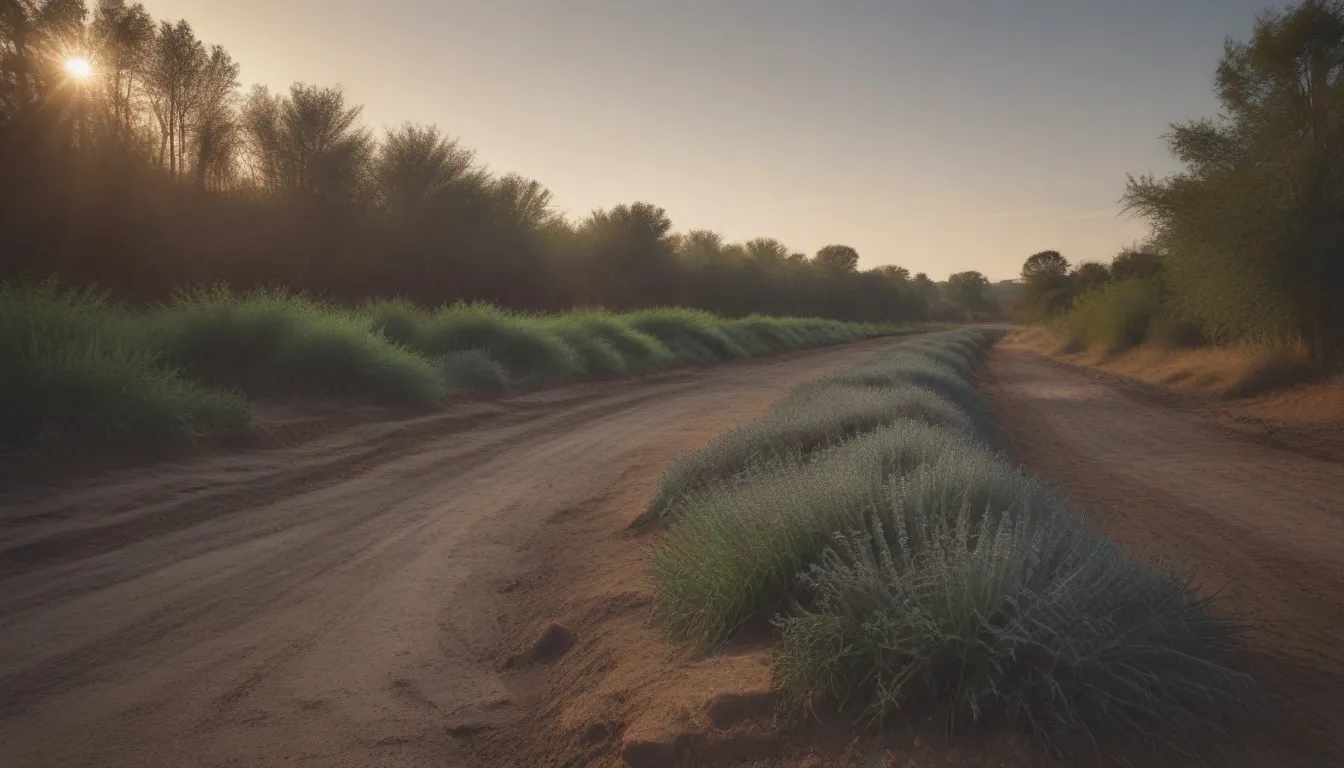
Are you facing erosion issues in your yard and looking for the best plants to help combat it? Look no further! In this comprehensive guide, we will explore the top plants that are not only great for tackling erosion but also add beauty to your landscape. From ground covers to shrubs, we will cover it all. So, grab your gardening gloves, and let’s get started!
Understanding Erosion Control Plants
When it comes to choosing the right plants for erosion control, there are a few key factors to consider. You want plants that are vigorous, attractive, and have a root system effective at holding back soil on a hill. These plants should have spreading foliage to slow the velocity of heavy rain and be resistant to deer if you live in deer country.
In your plant selection, it’s essential to strike a balance between beauty and practicality. The prettiest plant in a catalog may disappoint you if it’s not suited for the conditions in your yard. Additionally, you must consider the plant’s growth habits, as some plants can be too aggressive and spread beyond your intended bounds.
Choosing the Right Plants
Let’s delve into some of the best plants for erosion control that will help you combat erosion issues in your yard:
Creeping Junipers
- Creeping junipers are sun-loving ground covers that stay short and are cold-hardy.
- They provide year-round landscape color as they are evergreen.
- With several cultivars to choose from, you can find one that suits your garden’s aesthetic.
Vinca Minor (Periwinkle)
- Vinca minor is a shade-tolerant ground cover that is also drought-tolerant.
- Its evergreen foliage and low height make it a great choice for erosion-prone areas in your yard.
Forsythia
- Forsythia is a shrub that flowers in early spring, making it a great choice for quick erosion control.
- Its tenacious root system helps retain soil on slopes, making it a valuable addition to your landscape.
Japanese Spurge
- Japanese spurge is a foliage plant with leathery leaves that add interest to your yard.
- Its shade tolerance makes it a perfect choice for shady areas prone to erosion.
Spotted Dead Nettle
- Lamium maculatum is a low-maintenance perennial that thrives in full shade.
- With silvery foliage and pretty flowers, it adds beauty to your landscape while controlling erosion.
Border Grass
- Liriope spicata is a perennial that resembles ornamental grass but is actually part of the asparagus family.
- Its variegated cultivars add striking foliage to your garden, making it a great erosion control plant for partial shade areas.
Black Mondo Grass
- Ophiopogon planiscapus Nigrescens is known for its black grass-like blades, adding a unique touch to your landscape.
- Its tolerance to sun or partial shade makes it a versatile plant for erosion control on slopes.
Creeping Phlox
- Phlox subulata blooms with brightly colored flowers, stealing the show in your garden.
- With its low height and spreading habit, it’s perfect for zones 3 to 9 and adds vibrancy to your yard.
Interrupted Fern
- Osmunda claytoniana is a wild plant that spreads through rhizomes, making it excellent for retaining soil on damp hillsides.
- Its tolerance to wet soils and shade makes it a great choice for erosion-prone areas in your yard.
Rockspray Cotoneaster
- Cotoneaster horizontalis is a shrub with a horizontal growth habit, making it ideal for stabilizing the ground on slopes.
- Its fall color and red berries add visual interest to your landscape while combating erosion issues.
Tips for Planting Erosion Control Plants
When planting erosion control plants in your yard, consider the following tips to ensure their success:
- Prepare the Soil: Make sure the soil is well-drained and amended with organic matter to provide a healthy environment for your plants.
- Watering: Proper watering is essential, especially for drought-tolerant plants. Water deeply but infrequently to encourage deep root growth.
- Maintenance: Regular maintenance, such as pruning and weeding, will help your plants thrive and prevent them from becoming invasive.
- Mulching: Mulch around your plants to conserve moisture, suppress weeds, and protect the soil from erosion.
- Terracing: Consider creating terraces on steep slopes to help prevent erosion and provide a structured look to your landscape.
By following these tips and choosing the right plants for your yard, you can effectively combat erosion issues while creating a beautiful and sustainable landscape.
Conclusion
Erosion control is a common challenge faced by many homeowners, but with the right plants and strategies, you can protect your landscape and create a visually appealing garden. By choosing plants that are both practical and beautiful, you can enjoy a thriving garden while keeping erosion at bay.
Remember to assess your yard’s specific needs and conditions before selecting plants for erosion control. With a little planning and care, you can transform your landscape into a stunning and erosion-resistant oasis.
So, roll up your sleeves, grab your gardening tools, and start planting your way to a healthier, more beautiful yard with these top plants for erosion control!
